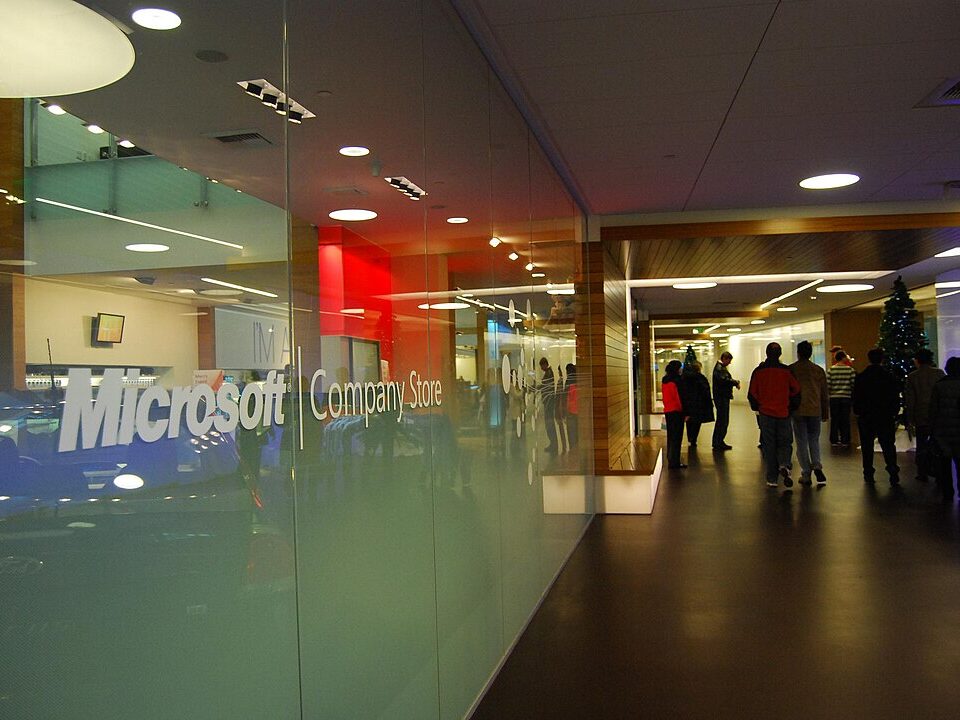Believe it or not, a routine software update is behind the worldwide mayhem that recently threw businesses, airports, banks and even law enforcement into disarray.
The digital pandemonium began when CrowdStrike, a major cybersecurity company, unwittingly deployed a flawed update. The Austin, Texas-based firm, trusted by businesses and government agencies using Microsoft computers, is now at the center of what might be the largest global IT outage ever recorded.
Ironically, CrowdStrike was simply attempting to protect its clients from cyber threats, and instead became one in the process inadvertently when coding in the software system update clashed with Windows systems.
“The system was sent an update, and that update had a software bug in it and caused an issue with the Microsoft operating system,” CEO George Kurtz explained on the TODAY show. “Our systems are always looking for the latest attacks from these adversaries that are out there.”
The ripple effects of this digital disaster have spared no sector. Airports ground to a halt with flights delayed or canceled en masse as computer systems failed. In the U.S., giants like American Airlines, Delta, and United issued ground stops due to communication breakdowns. From Berlin to Hong Kong, airports witnessed chaotic scenes, with frustrated passengers enduring lengthy delays. One passenger in Hyderabad even shared a picture of a rare sight: a handwritten boarding pass!
Banks have been crippled, leaving customers from Australia to New Zealand locked out of their accounts. Even the London Stock Exchange faced service disruptions, although trading miraculously continued. Retailers weren’t spared either—McDonald’s shut down stores in Japan due to cash register malfunctions, and British grocery chain Waitrose resorted to handwritten cash-only notices.
The chaos extended to shipping, with Baltic Hub in Poland battling operational issues. Law enforcement wasn’t immune either; the Alaska State Troopers reported a temporary 911 outage. Sky News in the UK briefly vanished from the airwaves, highlighting the widespread reach of the catastrophe.
CrowdStrike swiftly identified the glitch and released a fix, but recovery is slow. While some computers updated automatically, others require manual intervention. Companies like New Hampshire’s Department of Safety, whose 911 system briefly crashed, reported being back online by Friday morning. However, for many, it’s a laborious process involving manual rebooting and IT wizardry.
“Many of the customers are rebooting the system, and it’s coming up, and it’ll be operational because we fixed it on our end. Some of the systems that aren’t recovering, we’re working with them. So it could be some time for some systems that just automatically won’t recover,” Kurtz admitted.
This debacle is reminiscent of past tech nightmares. In 2017, the WannaCry ransomware attack wreaked havoc on global systems, paralyzing hospitals and businesses. Just last year, a Facebook outage left billions disconnected for hours, illustrating our dependency on tech giants. As businesses scramble to recover from the latest digital disaster, one thing is clear: in our interconnected world, a single flaw can unleash unprecedented chaos!
